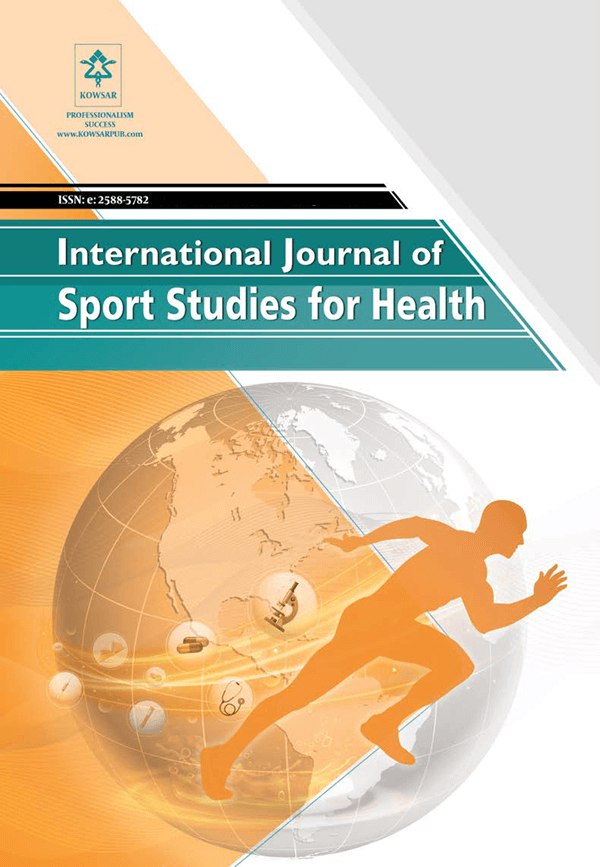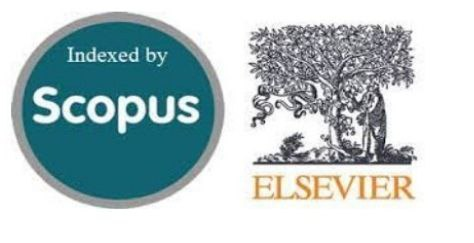Physiological Changes Associated with Space Missions: How Physical Exercise Helps
Keywords:
Physical Exercise, Space Medicine, Exercise PhysiologyAbstract
Dear Editor,
The presence of the force of gravity on Earth has played an important part in the development of life over millions of years and has had a dramatic impact on shaping human anatomy and physiology (1). It is known that exposure to the microgravity present during space missions (a condition in which people or objects appear to be weightless due to orbital free fall) affects the entire body, every single cell and system, causing numerous anatomical and physiological changes, such as reduced heart size and blood volume, immunosuppression, disturbances of the neurological system, and decreased in bone mineral density/muscle mass. These physiological alterations can lead to undesirable acute and chronic health consequences (1). It is essential, therefore, to better understand the characteristics of the space environment and how these conditions can affect human anatomy, physiology, and behaviour. Furthermore, knowledge in relation to the positive impact that physical exercise can have in mitigating or avoiding the negative effects of being in space is extremely important (1-3).
Below, we present some physiological changes that occur in the human organism in a microgravity environment and how physical exercise can help to minimize when these changes are negative.
Cardiopulmonary system: The removal of hydrostatic gradients upon entering the microgravity environment leads to the displacement of blood and body fluids from the lower to the upper body. This results in a reduction in leg volume and acute facial swelling, with consequent nasal congestion and headaches. This change of setting also triggers increased central fluid volume, heart size and cardiac output. However, this is followed by a cascade of physiological adjustments to the effect of exposure to the microgravity environment, in which there is a decrease in heart volume and cardiac output, as well as a drop in circulating blood volume. Additionally, neurovascular changes and decreased venous blood flow in the veins of the upper body have been identified. Chronic exposure to the microgravity environment also leads to cardiovascular deconditioning, especially after prolonged periods of exposure (1).
The changing gravitational gradient caused by the reduced gravity setting can affect, in the short- and long-term, lung volumes, capacities and functions, as well as the distribution of ventilation and perfusion in the human lung in an upright position. For example, the sternum is displaced cranially in microgravity and is accompanied by an increase in the diameter of the lower rib cage (pigeon chest). In addition, a much more even distribution of ventilation and blood flow within the lungs alters ventilation-perfusion relationships. The diffusion capacity of the lung has been observed to increase by 62% in parabolic flight and 28% in chronic exposure to the microgravity environment, when compared to the pre-flight condition in the standing position. This shows that lung function is either preserved or even improved during microgravity exposure (1).
The return to Earth is accompanied by a decrease in arterial blood pressure and aerobic fitness. This condition, known as orthostatic intolerance, is associated with excessive postural decrease in cardiac filling and stroke volume and/or an inadequate compensatory neurohumoral response, which results in a failure to maintain adequate cerebral perfusion in an upright position (1).
Effects of physical exercise: Countermeasures are initiated during spaceflight to mitigate the cardiopulmonary effects of microgravity. These include a daily schedule of aerobic and muscle strength exercises, bungee cord-assisted treadmill exercises or exposures to negative lower body pressure. The most favourable physical exercises performed giving the greatest benefits are those of moderate intensity and long duration. Unfortunately, the prescription of long duration exercises (2+ hours) usually results in low adherence by astronauts (4).
Musculoskeletal system: This system is greatly affected by space missions and countermeasures are necessary to minimize the negative changes that occur in bones and muscles. For example, the amount of weight bones must support in space is reduced to near zero, while many bones that aid movement are no longer under the same stresses they are subjected to on Earth. In this way, bone loss begins quickly in space. In the months following the return to Earth, not all the bone mass lost by astronauts is recovered (1). This can lead to cases of osteopenia and osteoporosis in the short-, medium-, and long-term. The lack of gravity also has a negative impact on skeletal muscles, particularly those that normally act against the force of gravity, such as the calf and quadriceps muscles, which can atrophy and lose muscle strength. This may be associated with sarcopenia. The best way to reduce the effects of microgravity on the musculoskeletal system is through the adoption of a daily physical exercise routine during a space mission (1).
Effects of physical exercise: It should be noted that when applied alone, physical exercise does not fully protect the cardiovascular and musculoskeletal systems during prolonged space flights. The ideal scenario is to perform physical exercises associated with the application of artificial gravity to minimize the physical/physiological deconditioning associated with microgravity. Accordingly, it is important to provide normal and full load, towards the foot, and intravascular hydrostatic pressure gradients to maintain musculoskeletal and cardiovascular function. Aerobic exercise inside a centrifuge restores cardiovascular function, while lower body aerobic exercise with negative pressure restores cardiovascular function and helps protect the musculoskeletal system. Resistance exercise in conjunction with vibration stimulation can increase the effectiveness of the exercise, while preserving muscle function (2). A systematic review by Moosavi et al. (5) showed the most effective type of physical exercise for minimizing the consequences of microgravity exposure on the musculoskeletal system to be resistance exercise, as this type of physical activity maintains and/or increases muscle mass and strength.
Neurovestibular function: The function of the vestibular system (inner ear) is to assist with spatial orientation and postural balance. It is a very sensitive structure and negatively affected by exposure to microgravity, having very rapid and intense response that can lead to space motion sickness. This affects over 70% of astronauts and can last for the first 72 h of a space mission (1).
Effects of physical exercise: Susceptibility to motion sickness has been associated with several factors, including gender and aerobic fitness. The level of aerobic capacity is related to signs and symptoms of vasomotor origin and the intensity of stomach discomfort, nausea and/or vomiting, headache, and sweating, which are classic clinical presentations of space motion sickness (6). It would seem to be counterintuitive to suffer from space motion sickness when men are more aerobically fit and, therefore, requires more investigation to better understand this relationship (7).
Final words: As a direct consequence of exposure to microgravity, astronauts experience a set of physiological changes that can have serious health implications when they return to Earth. The most immediate and significant of these are the displacement of body fluids to the upper body/head, and removal of the gravitational load from bones and muscles, which leads to progressive negative alterations in the cardiovascular and musculoskeletal systems. Cardiovascular adaptations result in an increased incidence of post-flight orthostatic intolerance (fainting), characterized by decreased cardiac output and reduced ability to perform physical exercise. Changes in the musculoskeletal system contribute significantly to the impaired function experienced in the post-flight period. The underlying factor producing these changes is the absence of gravity, and consequently, countermeasures are primarily designed to simulate Earth-like system motions, stresses, and interactions.
Physical exercise is an approach that has been successfully used by space programs worldwide and has contributed to the maintenance of astronaut health and wellbeing when submitted to prolonged periods of time in space (8). A variety of resistive and endurance exercises during space missions have been put in place and physical exercise devices have been developed and adapted for use in this unique environment. However, a more in depth and interdisciplinary approach must be considered in order to optimise exercise protocols during and after space missions.
Downloads
Downloads
Published
Issue
Section
License

This work is licensed under a Creative Commons Attribution-NonCommercial 4.0 International License.








